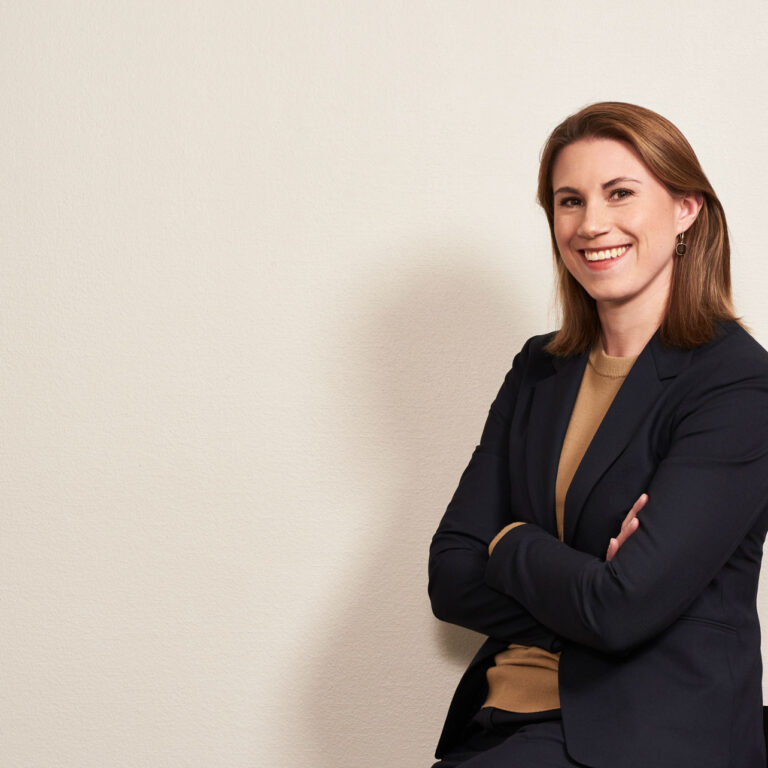The reason Dittmar & Indrenius exists is very simple: we exist for our clients. Our purpose statement adds a few words to this fact and reads “We create exceptional and sustainable value together with our clients.” The word together is key here.
For real value to be created, we need to collaborate not only within the firm, but with the individuals representing our clients. In order for such collaboration to work, it needs to be intentional, and we need to invest in it. Such collaborative relationships are built on trust.
We need collaboration to create value. When a client turns to us in a complex situation, our team of lawyers with different skillsets and expertise have to work closely together with the client representatives in order to identify and implement the best solutions for the client’s business. We are not able to deliver our best in a vacuum, without access to the client representatives’ valuable insights and knowledge about the client. There is no way we can tailor our advice and make it sustainable, if we do not understand exactly what the client needs and what future scenarios to take into account.
Even with the client’s representative on the team, we do need a thorough knowledge of the client’s industry and business in order to be able to provide insightful advice. However, that is not enough. We need to learn how the client’s internal decision-making processes work, the impact of internal politics and the roles and powers of the individuals working with us. Only then can we fully understand the client and be able to deliver. To get there, our clients need to invest in our relationship by sharing this information with us.
Obviously, we also need to invest back into the relationship. Collaboration requires clear communication and discussion on how to collaborate. How to communicate, how to deal with difficult situations and how to ensure we get all the input we need. Getting to know the people and roles of the team members is also important for a good collaboration. This requires a bit of a personal touch, too: having met the people we work with, at least on a video call, makes it so much easier to pick up the phone when something comes up.
Now, as the world is changing rapidly, both the client and we as an external partner can also gain from sharing experiences on both new phenomena within the law and in general, such as hybrid working, AI and legal tech tools. There is no point in us developing new services, new ways of working or new digital tools, if they do not benefit our clients and our collaboration.
A sign that I look for when analysing the status of collaboration with our clients is when our internal team starts to refer to themselves as if they were part of the client’s team. When I start to hear that “we” are doing what our client is doing, I know that collaboration is usually working as it should, and we are building value together.


